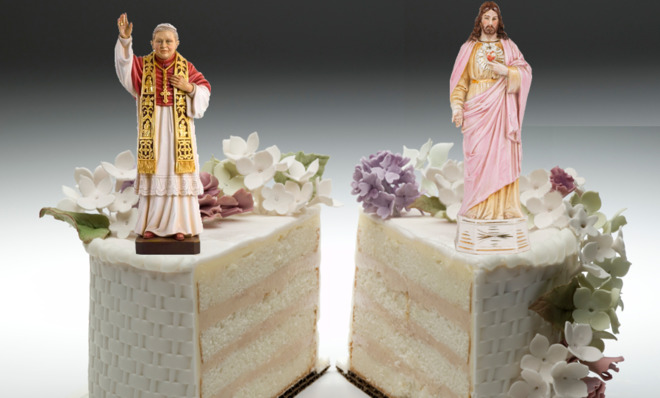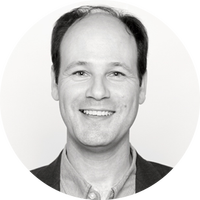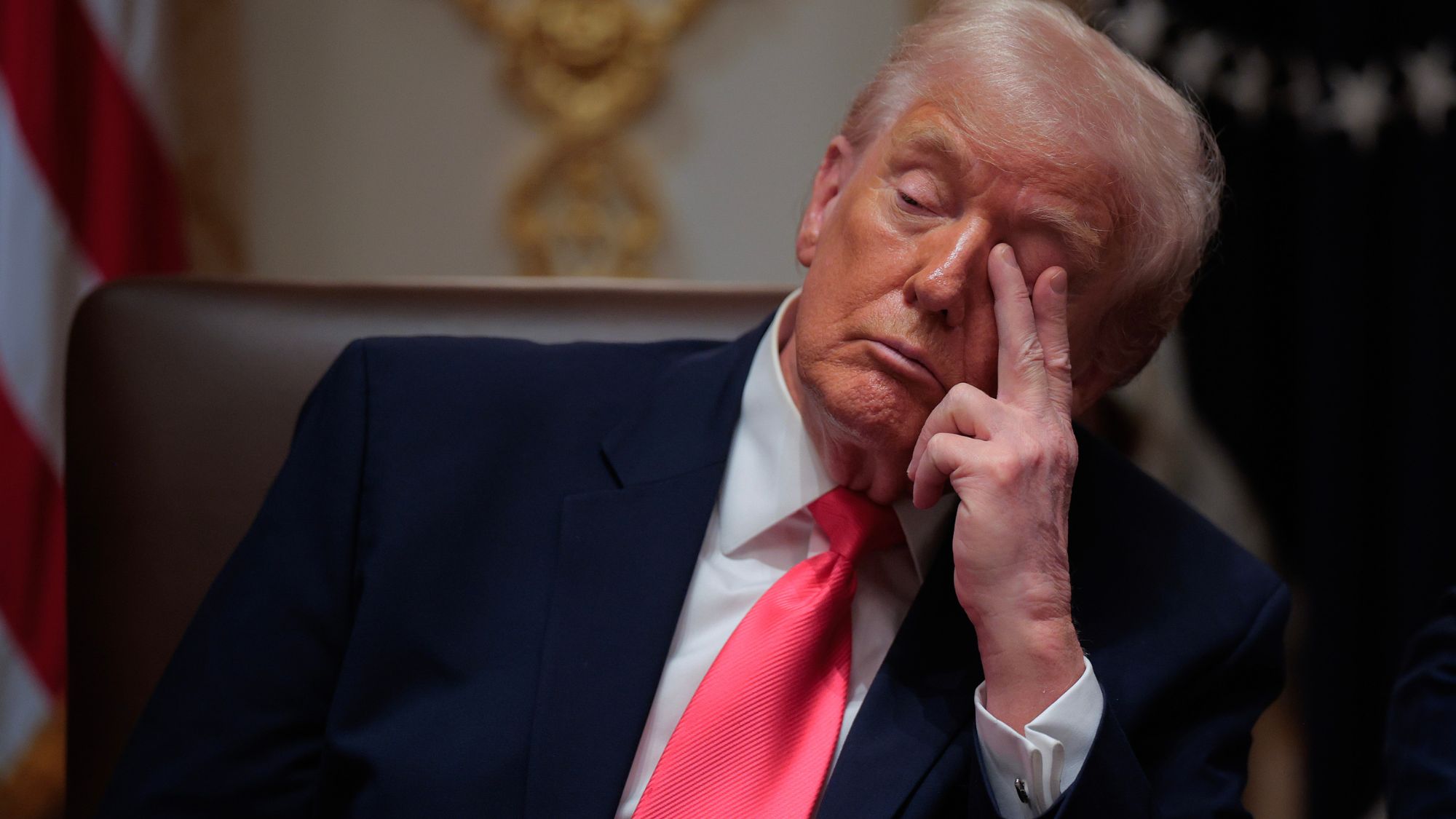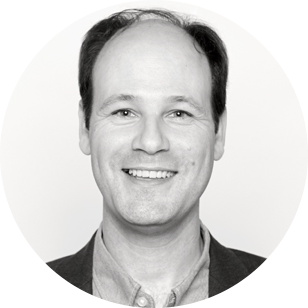How Pope Benedict unwittingly made the Catholic case for 'conscious uncoupling'
If a pope can painlessly walk away from his relationship with the Catholic flock, why do divorced laypeople need annulment?


When Pope Benedict XVI announced he was stepping down as pope a year ago — dropping the news almost casually, in Latin, at a meeting about an upcoming canonization — nobody was sure what to call it. No living pope had handed off the keys of St. Peter since Gregory XII in 1415. If Pope Benedict had only waited some 14 months to announce his retirement — or abdication, or vacation — we might have had an apt phrase at the ready: Conscious uncoupling.
Gwyneth Paltrow didn't make up the term to describe her separation from husband Chris Martin — conscious uncoupling as a relationship-cleaving tool was apparently coined by Katherine Woodward Thomas in 2010 — but she made the phrase famous, and even threw in a tutorial on the practice by Dr. Habib Sadeghi and Dr. Sherry Sami, a husband-and-wife team of doctors (osteopath and dentist/orthodontist, respectively) embraced by Paltrow and other celebrities for their holistic approach to medicine and spiritual healing.
Before exploring the idea of conscious uncoupling and the pope emeritus, though, let's look at the Catholic Church's ideas on marriage and divorce. Briefly, when a man and woman are wedded in the Catholic Church, the idea is that the sacrament of marriage sort of spiritually merges the husband and wife into one entity; dissolving the marriage with divorce is impossible, as futile and painful as splitting apart one person.
The Week
Escape your echo chamber. Get the facts behind the news, plus analysis from multiple perspectives.

Sign up for The Week's Free Newsletters
From our morning news briefing to a weekly Good News Newsletter, get the best of The Week delivered directly to your inbox.
From our morning news briefing to a weekly Good News Newsletter, get the best of The Week delivered directly to your inbox.
There is an escape hatch called annulment, in which an ecclesiastical tribunal can decide that under certain circumstances — abuse, mental illness, coercion to get married, and lack of intention to have children, for example — the marriage in question was never valid in the first place. Annulment is required if a Catholic wants to get remarried (or, rather, validly married for the first time) — and it's required of even non-Catholic spouses, because the church presumes all non-Catholic marriages to be binding for life, too.
Divorce is verboten. Papal resignation is not: It was officially authorized by Pope Celestine V in 1294 (who then took the opportunity to step down, five months into his term). But between Celestine V and Benedict XVI, only Gregory XII resigned, to end a schism involving three claimants to the papal throne. Pope Benedict is the first to abdicate because of age and infirmity. The tradition and expectation is that once elected, you are pope until you death do you part.
What does that have to do with Gwyneth Paltrow? The idea behind conscious uncoupling is that divorce needn't be a devastatingly painful separation, and that both halves of the couple can take positive things from the relationship if they drop the shame, guilt, and regret and regard one another as teachers, and divorce as a natural part of our modern lives.
The idea of pain-free divorce is not kosher in the Catholic Church on many levels. But behind both Benedict's resignation and conscious uncoupling is the idea that as lifespans extend, so too should our relationship to customs and institutions. Sadeghi and Sami start their conscious uncoupling treatise by noting that human life expectancy rose from 33 years old in the upper Paleolithic period (50,000 to 10,000 BC) to 46 in 1900 America, but then jumped to 76 (men) and 81 (women) today. "What does this have to do with divorce rates?" they ask:
A free daily email with the biggest news stories of the day – and the best features from TheWeek.com
Modern society adheres to the concept that marriage should be lifelong; but when we're living three lifetimes compared to early humans, perhaps we need to redefine the construct.... To put in plainly, as divorce rates indicate, human beings haven’t been able to fully adapt to our skyrocketing life expectancy. Our biology and psychology aren't set up to be with one person for four, five, or six decades. [Goop]
Here's how Pope Benedict explained his decision in his resignation note:
After having repeatedly examined my conscience before God, I have come to the certainty that my strengths, due to an advanced age, are no longer suited to an adequate exercise of the Petrine ministry. I am well aware that this ministry, due to its essential spiritual nature, must be carried out not only with words and deeds, but no less with prayer and suffering. However, in today's world, subject to so many rapid changes and shaken by questions of deep relevance for the life of faith, in order to govern the bark of Saint Peter and proclaim the Gospel, both strength of mind and body are necessary, strength which in the last few months, has deteriorated in me to the extent that I have had to recognize my incapacity to adequately fulfill the ministry entrusted to me. [Pope Benedict XVI]
Benedict's solution was to retire to a life of study and occasional counsel to his popular successor, Pope Francis. Conscious uncoupling, as Sadeghi and Sami explain it, involves dissolving not just a marriage but also the "all-or-nothing idea that when we marry, it’s for life." They continue:
If we can recognize that our partners in our intimate relationships are our teachers, helping us evolve our internal, spiritual support structure, we can avoid the drama of divorce and experience what we call a conscious uncoupling.... From this perspective, there are no bad guys, just two people, each playing teacher and student respectively. When we understand that both are actually partners in each other's spiritual progress, animosity dissolves much quicker and a new paradigm for conscious uncoupling emerges, replacing the traditional, contentious divorce. It's only under these circumstances that loving co-parenting can happen. It's conscious uncoupling that prevents families from being broken by divorce and creates expanded families that continue to function in a healthy way outside of traditional marriage. [Goop]
Benedict's resignation was in fact remarkably smooth for a global organization that hadn't dealt with anything like it in 600 years, and the Catholic Church hasn't been broken — in many ways, it is stronger. Still, if you considered Pope Benedict in a lifelong relationship with the church — and Catholics did — then he broke that covenant by abdicating. And he specifically cited his inability to live up to his part of the bargain.
Conscious uncoupling is, as Sadeghi and Sami describe it, a confusing jumble of spiritual beliefs, aspirational self-fulfillment, and facile evolutionary sociology, all in the service of helping couples divorce as harmlessly as possible. It is also a pretty good description of how Pope Benedict quit the papacy. Divorced Catholics trying to wade through paperwork and layers of bureaucracy to have their marriage annulled might be excused for wondering how it was so easy for the Holy Father.
Peter has worked as a news and culture writer and editor at The Week since the site's launch in 2008. He covers politics, world affairs, religion and cultural currents. His journalism career began as a copy editor at a financial newswire and has included editorial positions at The New York Times Magazine, Facts on File, and Oregon State University.
-
 Political cartoons for December 7
Political cartoons for December 7Cartoons Sunday’s political cartoons include the Trump-tanic, AI Santa, and the search for a moderate Republican
-
 Trump’s poll collapse: can he stop the slide?
Trump’s poll collapse: can he stop the slide?Talking Point President who promised to ease cost-of-living has found that US economic woes can’t be solved ‘via executive fiat’
-
 Codeword: December 7, 2025
Codeword: December 7, 2025The daily codeword puzzle from The Week
